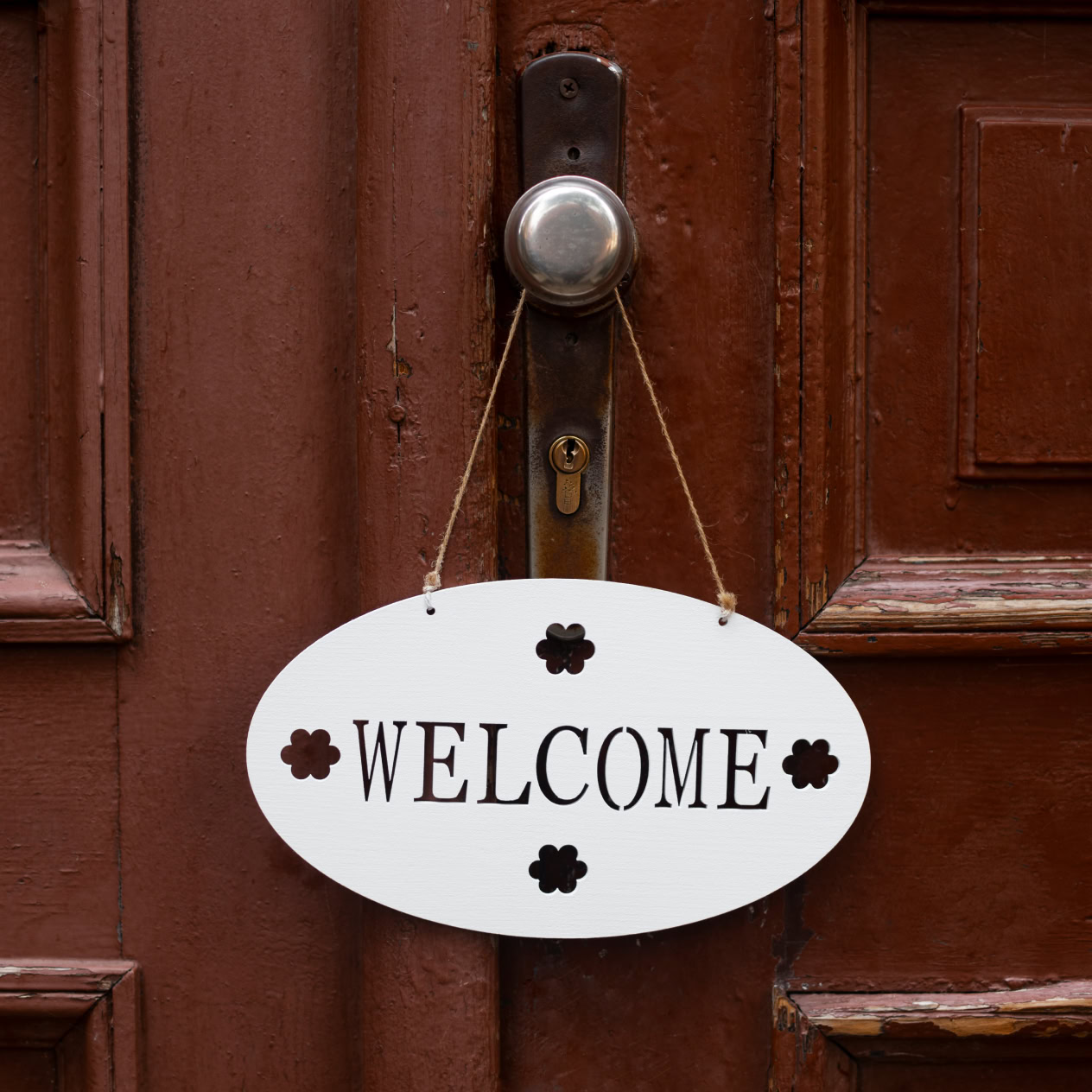


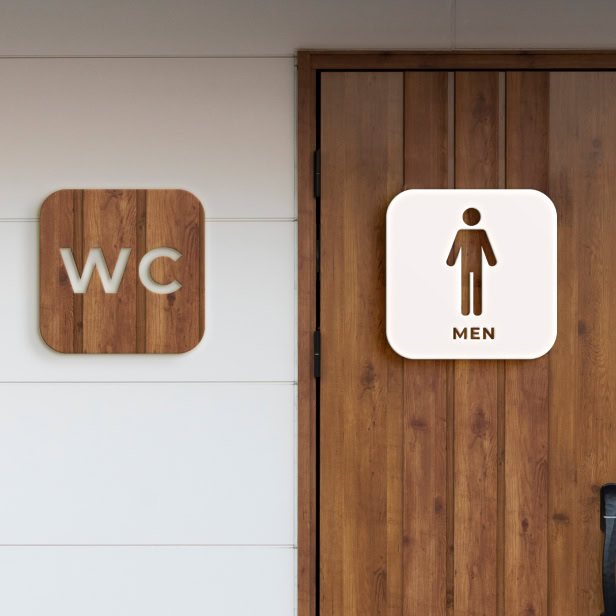

Engraved & Routed Signs
CNC (Computer Numerical Control) routed signs are a popular choice for businesses and organizations seeking high-quality, durable, and precisely crafted signage. Utilizing advanced CNC routing technology, these signs are produced with exceptional precision and detail, making them ideal for both indoor and outdoor applications.
CNC routed signs involve the use of computer-controlled cutting machines that carve, engrave, or shape material based on digital designs. This technology allows for intricate and consistent cuts on a variety of materials, including wood, acrylic, metal, and foam. The result is a clean, crisp finish that traditional hand-carving methods cannot match.
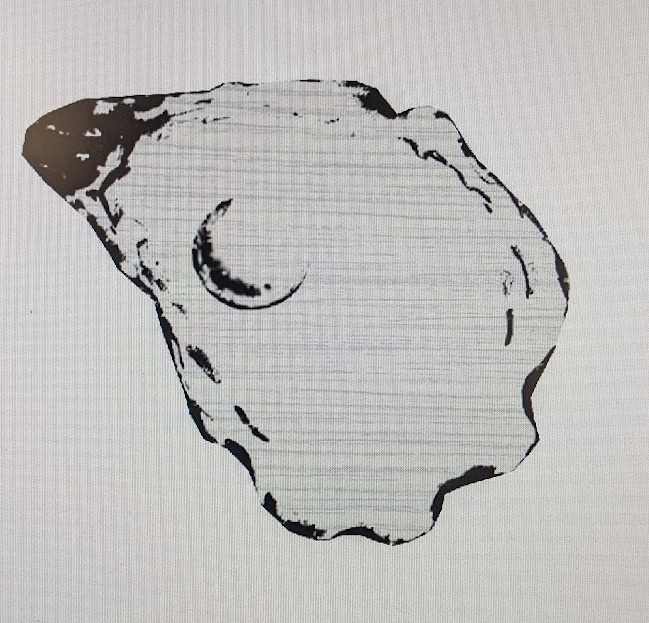
Precision in Fabrication
A toolpath is the route that the cutting tool follows to machine a part from a solid block or sheet of material. It is generated by CAM (Computer-Aided Manufacturing) software based on a digital design provided by CAD (Computer-Aided Design) software. This path guides the router’s movements to create precise cuts, engravings, or shapes in the material.
Contour Toolpaths: These are used to cut along the contour of a part. They are ideal for creating the outer shape of a sign or intricate details within it. Contour paths can be programmed to handle complex curves and edges, ensuring smooth and accurate cuts.
Engraving Toolpaths: These are finely tuned to handle detailed work such as lettering or decorative designs on signs. The toolpath controls the engraving tool to follow exact patterns that make up the design, achieving high detail and precision.
Design to Production
V-Carving Toolpaths: A specialized type of toolpath used for V-carving, where the tool makes a V-shaped cut into the material. This is particularly popular for detailed and artistic text or images on signs, as it provides a unique depth and shadow effect.
Surface Finish: The quality of the toolpath affects the surface finish of the cut material. A well-planned toolpath will produce a smooth finish, reducing the need for post-processing or finishing work.

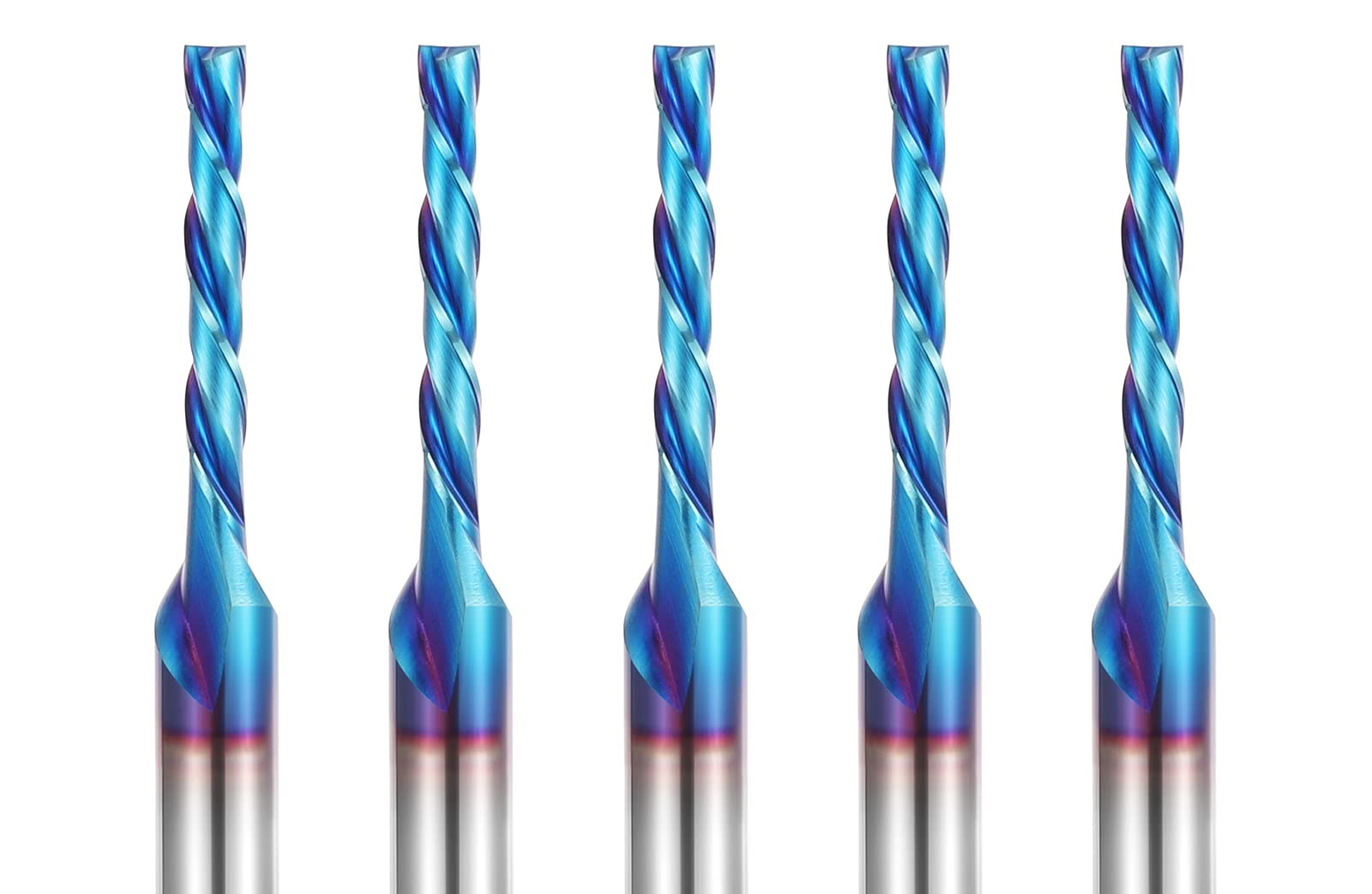
CNC routing is significantly faster than traditional handcrafting
CNC routed signs represent the perfect fusion of technology and craftsmanship, providing robust, detailed, and versatile signage solutions. Whether you are looking to enhance your business facade, guide visitors through your facility, or make a statement at an event, CNC routed signs offer a professional and tailored approach to your signage needs. With their precision, durability, and wide range of material choices, these signs can be designed to perfectly match your branding and decor, making a lasting impression on all who see them.
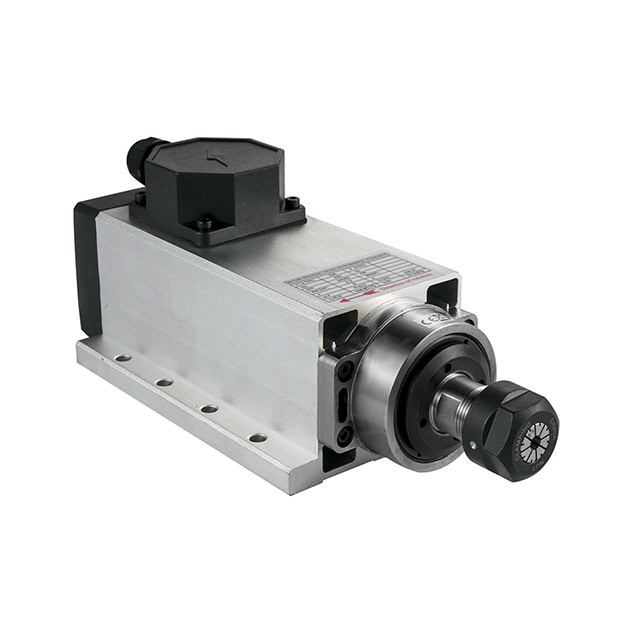
High-Density Urethane (HDU)
HDU is a synthetic foam material known for its fine, closed-cell structure, making it sturdy, versatile, and resistant to weather conditions.
Advantages:
- Durability: HDU is impervious to water, which prevents rotting, warping, or swelling. It’s also resistant to insects, making it ideal for outdoor signs in all climates.
- Ease of Fabrication: HDU can be easily carved, machined, and painted without showing grain or knots, allowing for smooth finishes and intricate details.
- Consistency: Unlike wood, HDU does not have natural imperfections, ensuring uniformity in both texture and performance.
- Weight: HDU is lighter than most types of wood, which simplifies installation and supports larger signs without heavy structural supports.
Disadvantages:
- Aesthetic Limitations: For settings where a natural look is preferred, HDU lacks the authentic wood grain texture.
- Cost: HDU can be more expensive than some common types of wood, potentially increasing the upfront cost of sign production
Wood
Is a traditional sign-making material valued for its natural beauty and classic appeal.
Advantages:
- Aesthetics: Wood offers a warm, organic look that can be more aesthetically pleasing in certain environments, such as historic districts, rustic settings, or nature reserves.
- Customizability: Wood can be stained, painted, and finished in various ways to enhance its natural patterns or achieve a specific style.
- Strength and Rigidity: Certain types of wood, like cedar and redwood, offer excellent durability and can support larger signs with less material.
- Wood signs are ideal for businesses looking for a traditional or natural aesthetic.
Disadvantages:
- Maintenance: Wood is susceptible to weathering, decay, and insect damage if not properly treated and maintained, which can increase long-term costs.
- Variability: As a natural material, wood can vary in density, grain, and color, even within the same species, which might affect the uniformity of multiple signs.